California, Colorado, New York, Oregon, and the District of Columbia, US: Starting in 2025, five states and one district have stepped up to provide free healthcare coverage to low-income adults, marking a significant step forward in expanding access to essential health services for vulnerable populations. This progressive move aligns with wider efforts across the country to address healthcare disparities and ease the financial burden on those struggling with poverty.
These five states—California, Colorado, New York, Oregon, and the District of Columbia—have crafted programs that cover low-income adults, including many who have historically faced barriers such as immigration status or income thresholds that limited their eligibility for Medicaid or other subsidized coverage. The programs predominantly focus on adults with incomes up to or near 138% of the Federal Poverty Level (FPL), translating to about $21,597 annually for an individual in 2025.
California has committed to providing public health coverage to all low-income adults regardless of immigration status. This approach ensures that coverage gaps based on citizenship or documentation are closed, allowing broader access to healthcare preventive services, treatments, and prescription drugs without out-of-pocket costs.
Similarly, Colorado provides private health coverage with state subsidies designed to reduce the financial burden on low-income individuals. This includes cost-sharing reductions and premium subsidies for adults making up to 200-300% of the FPL, depending on the program specifics. The state also financially supports certain additional costs normally left to enrollees, enhancing affordability.
New York has expanded its program to offer cost-sharing reductions for Marketplace enrollees and also covers low-income seniors regardless of immigration status. Its Basic Health Program offers comprehensive coverage with minimal or no premiums up to 250% of FPL, supporting those who otherwise might be uninsured or underinsured.
Oregon’s initiative extends public health coverage broadly to all adults, irrespective of immigration status, ensuring inclusive access to necessary healthcare services.
The District of Columbia goes further by offering Medicaid to adults with incomes up to 215% of FPL, well above the national baseline of 138%. It also provides public coverage to all adults regardless of immigration status, making healthcare access easier and more equitable for many marginalized groups.
These programs have been made possible through a combination of state-level funding and enhanced federal matching funds under the Affordable Care Act’s Medicaid expansion provisions. Many of these states have built their coverage expansions on the foundations of Medicaid expansions previously adopted, enabling high enrollment rates and significant reductions in uninsured populations.
Free healthcare coverage for low-income adults in these states means more people can access doctors, preventative care, medications, and hospital services without the financial strain that often deters medical attention. This not only addresses immediate health needs but also helps improve long-term health outcomes and reduce costly emergency care visits.
Moreover, these programs exemplify a growing recognition across the country that health equity requires states to take innovative and inclusive steps. By lifting financial barriers to health coverage for low-income adults, these jurisdictions are contributing to broader social and economic benefits, such as increased productivity, reduced health disparities, and healthier communities overall.
As other states watch these pioneering programs, the hope is that more will follow suit, especially as affordability remains a critical issue for millions of Americans. While the federal government provides a framework and some funding, state initiatives like those in California, Colorado, New York, Oregon, and the District of Columbia are proving to be vital for making healthcare truly accessible to those who need it most.
In summary, 2025 marks a transformative year for low-income adult healthcare coverage in these five states and one district, demonstrating a commitment to universal access and health justice that could inspire nationwide change.

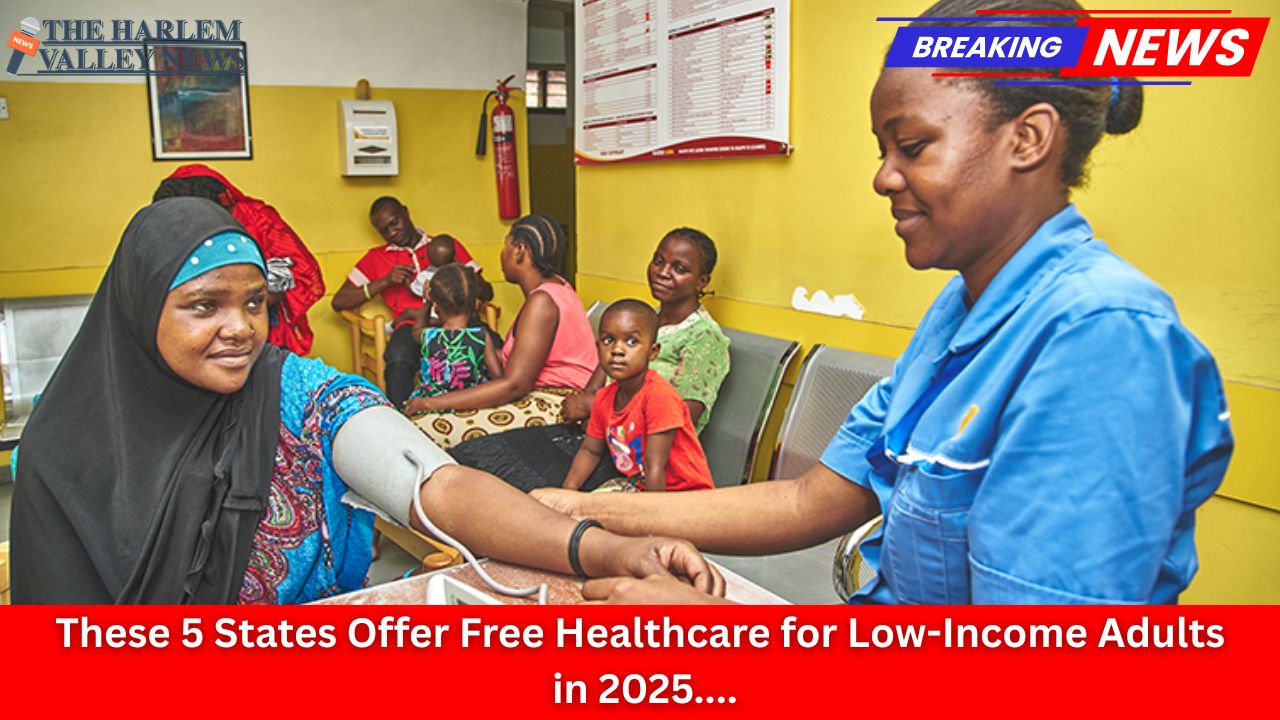



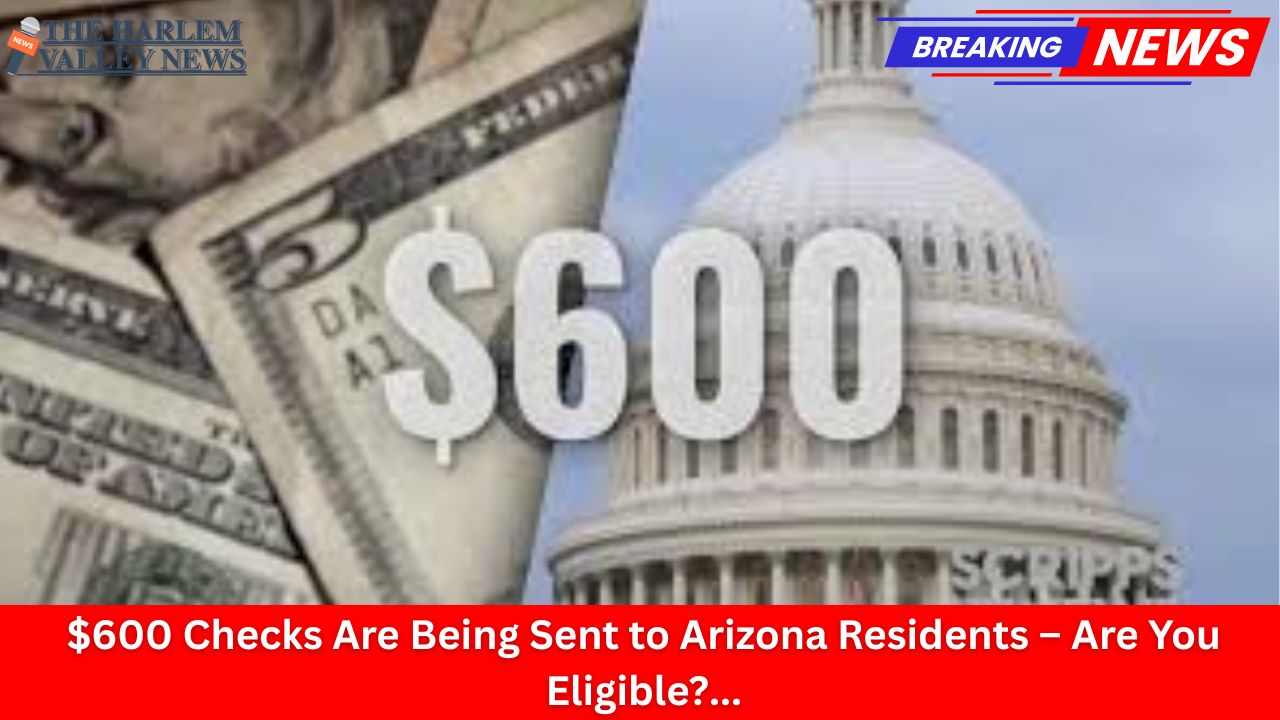


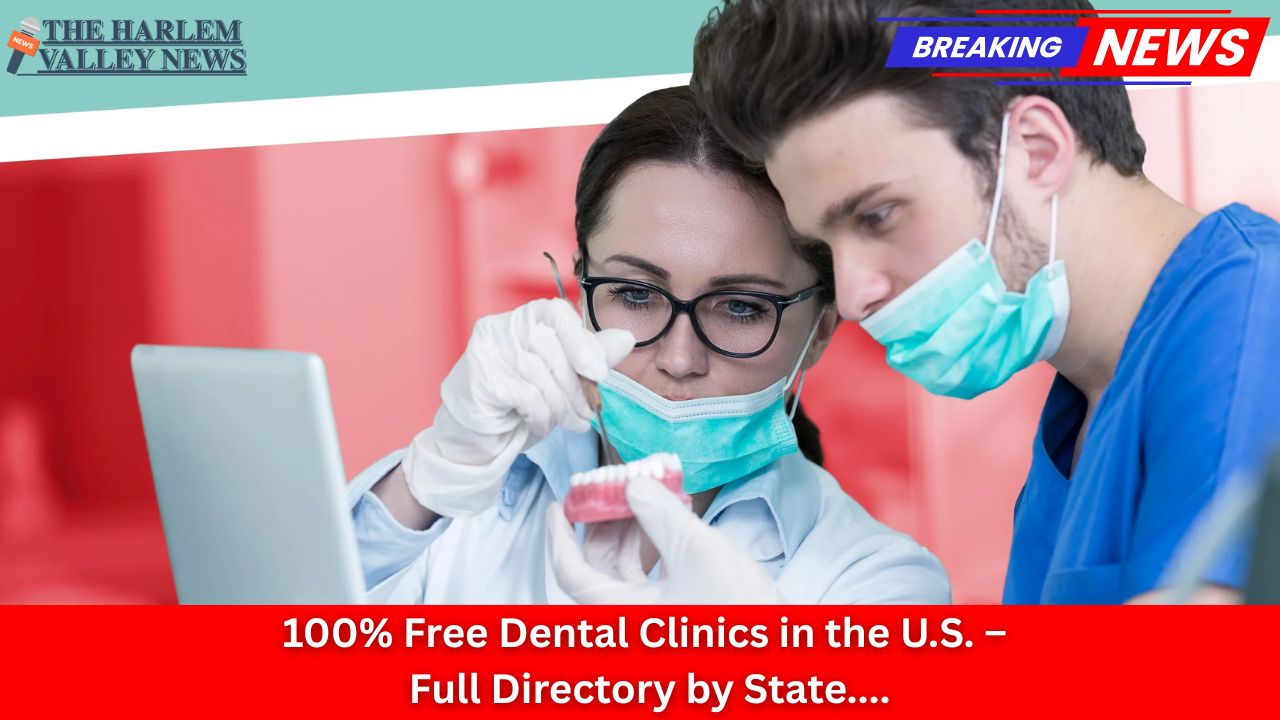
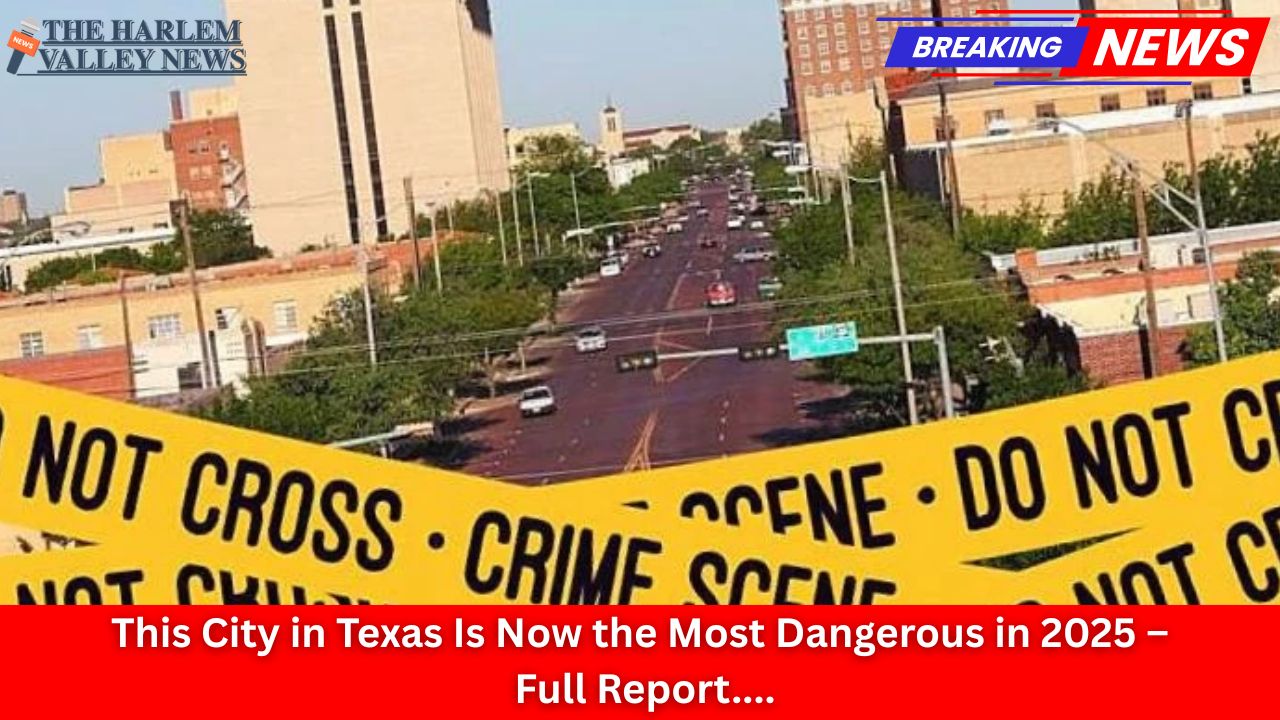
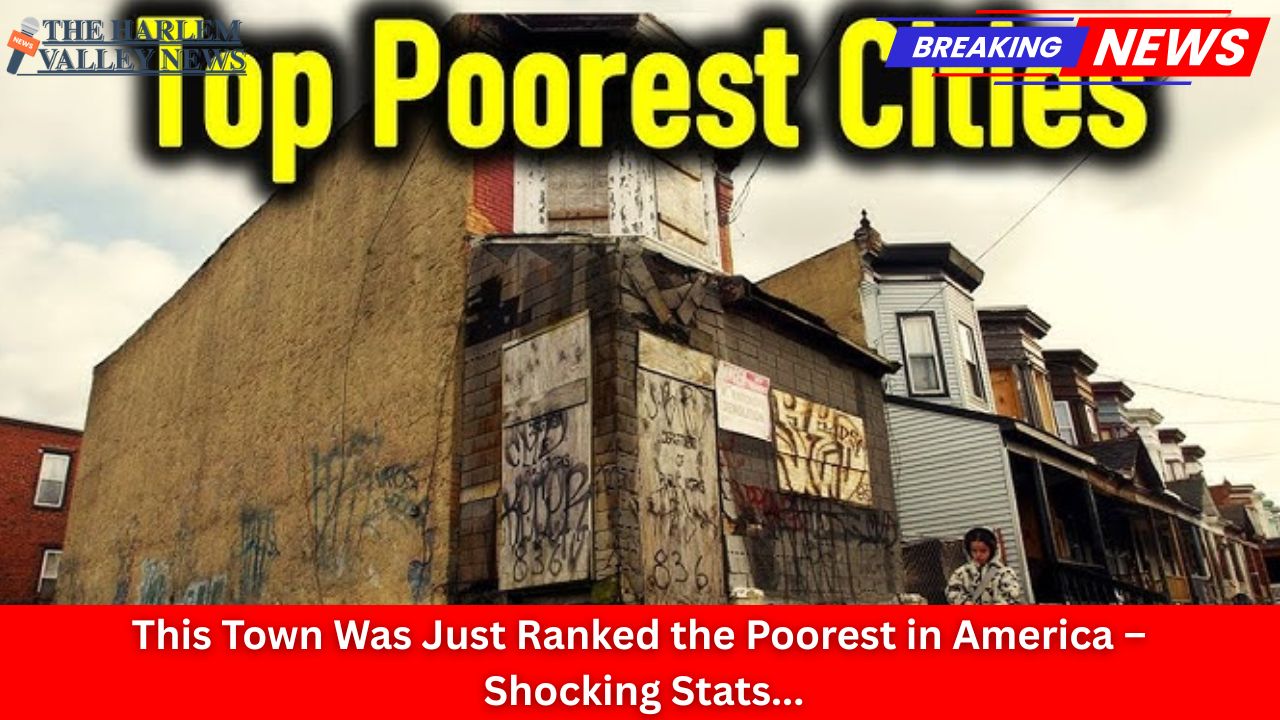



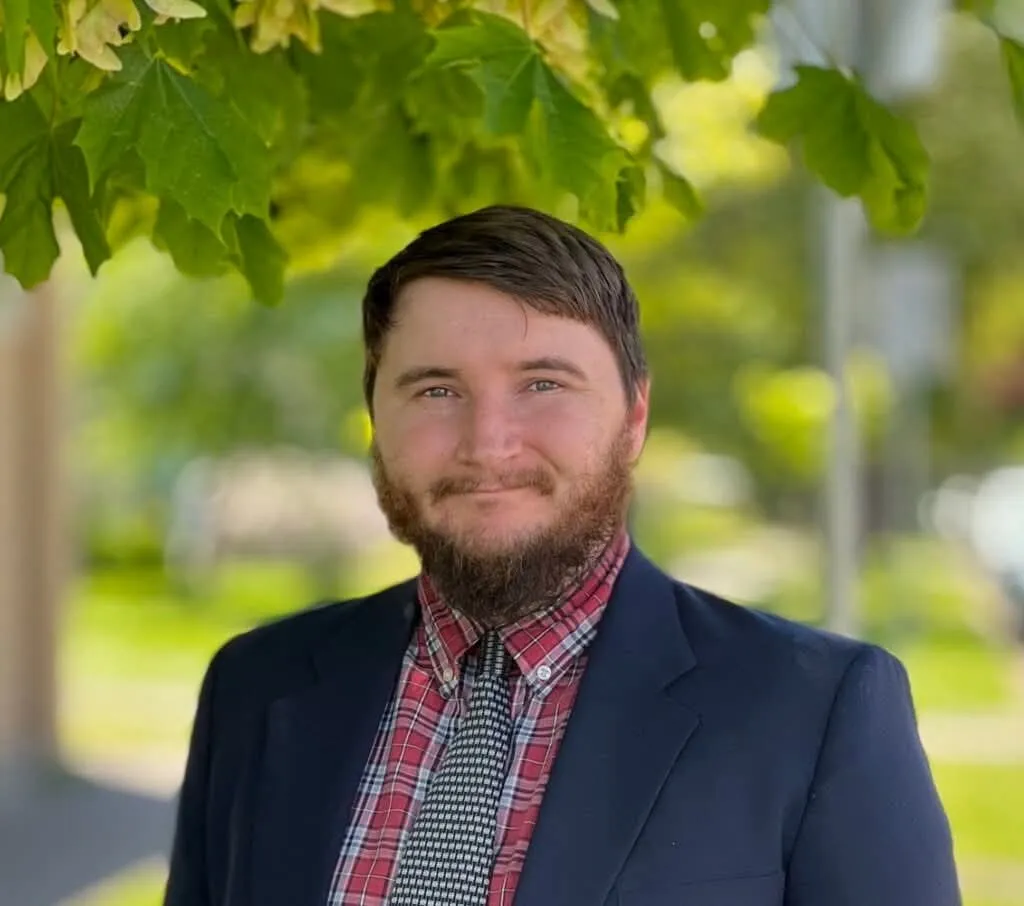


Leave a Reply